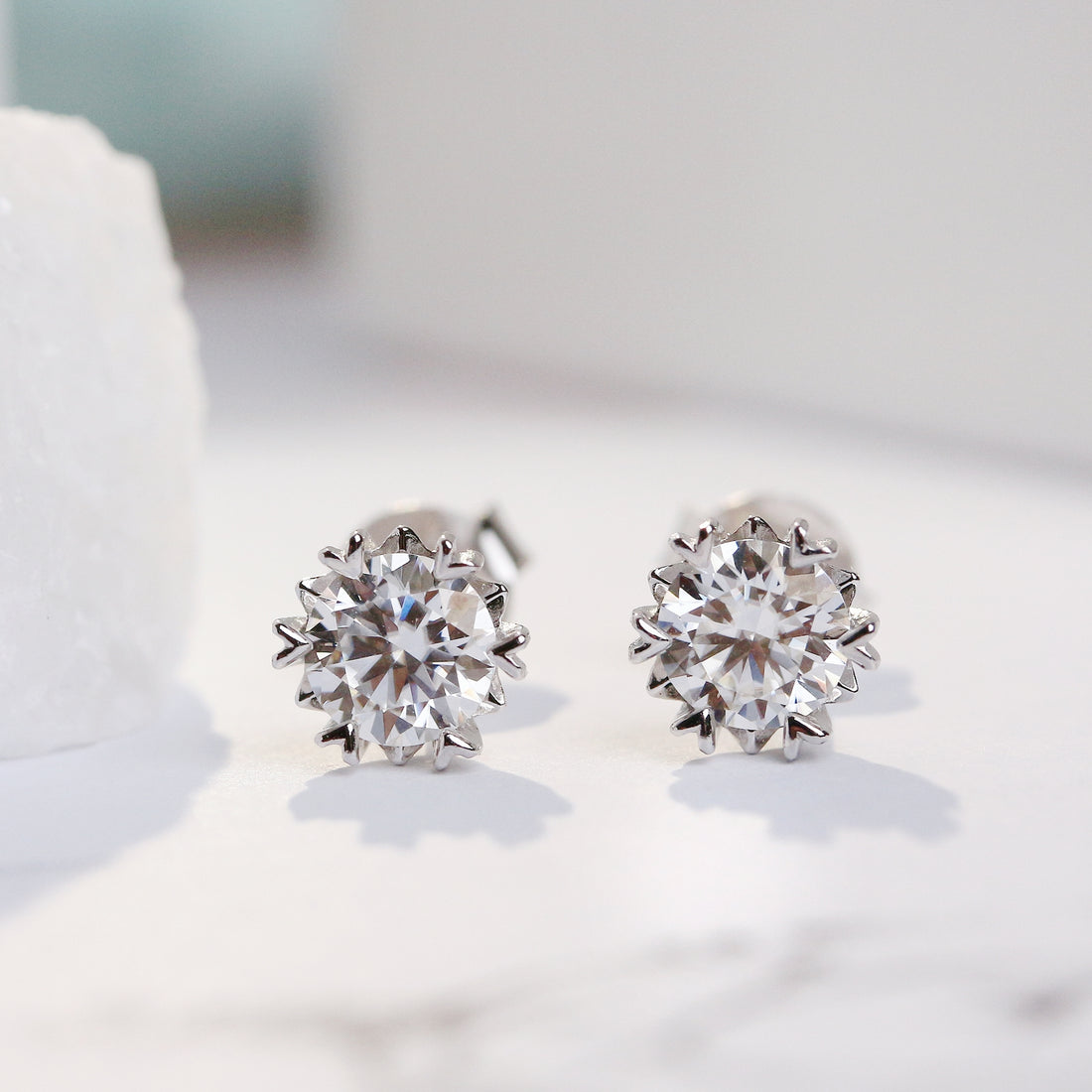Precious stones, such as Diamonds and Moissanite are some of the most sought-after gemstones in the world. But how do you know if you're getting a high-quality stone? One way to determine the quality of a precious stone is by examining its clarity. In this blog post, we'll discuss how to read the clarity of a precious stone and what to look for when purchasing one.
What is Clarity?
Clarity refers to the number, size, and location of internal and external imperfections, known as inclusions and blemishes, within a gemstone. Inclusions can range from tiny black specks to large fractures, while blemishes can include scratches, pits, or nicks on the surface of the stone.
The Gemological Institute of America (GIA) developed the standard grading system for diamond clarity, which has since been adopted by the jewelry industry worldwide. The GIA system rates diamond clarity on a scale from Flawless (FL) to Included (I), with six categories in between.
How to Read Clarity

To read the clarity of a precious stone, you need to look at it under a microscope. The magnification will allow you to see the inclusions and blemishes that are not visible to the naked eye. Here are the clarity grades for diamonds and what to look for:
-
Flawless (FL) – No inclusions or blemishes are visible under 10x magnification. These stones are extremely rare and expensive.
-
Internally Flawless (IF) – No inclusions are visible under 10x magnification, but some blemishes may be present. These stones are also rare and expensive.
-
Very, Very Slightly Included (VVS1 and VVS2) – Inclusions are extremely difficult to see under 10x magnification. These stones are high quality and valuable.
-
Very Slightly Included (VS1 and VS2) – Inclusions are visible under 10x magnification, but they are minor and do not affect the stone's beauty or durability. These stones are a good balance of quality and value.
-
Slightly Included (SI1 and SI2) – Inclusions are noticeable under 10x magnification, but they do not affect the stone's overall beauty or durability. These stones are a good value for their price.
-
Included (I1, I2, and I3) – Inclusions are visible to the naked eye and can affect the stone's beauty and durability. These stones are less valuable and not recommended for fine jewelry.
When purchasing a precious stone, it's essential to ask for a grading report. The report will provide detailed information on the stone's quality, including its clarity grade.
Conclusion
Understanding the clarity of a precious stone is crucial when purchasing one, as it can significantly impact its value and durability. By knowing how to read the clarity grade, you can make an informed decision and choose a high-quality stone that meets your needs and budget. Always ask for a grading report from a reputable laboratory to ensure that you're getting the quality you pay for.

